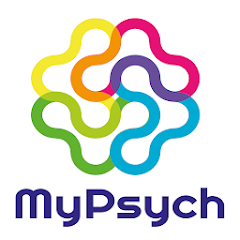In the UK, licensed medicines are those products that have received a ‘marketing authorisation’ previously referred to as a ‘product licence’.
A marketing authorisation (MA) is required in order for a manufacturer to sell, advertise and promote a medicine for a defined population. Licensing arrangements are determined by the Human Medicines Regulations 2012 (a consolidation of legislation including the Medicines Act 1968) and implemented through the MHRA (Medicines and Healthcare products Regulatory Agency).
A summary of product characteristics (SPC) is a description of a medicinal product’s properties and the conditions attached to its use.
Off-label and unlicensed prescribing are often used interchangeably, however, for the purpose of this guidance, the definitions are;
- Off-label prescribing occurs when medication use falls outside the terms of the Marketing Authorisation.
- Unlicensed prescribing is where a medicine has no Marketing Authorisation in the UK or the Marketing Authorisation has been withdrawn.
Off-label prescribing occurs when medication use falls outside the scope of the marketing authorisation with respect to one of five key domains1:
- Demographic. The age of the patient may lie outwith the recommended range e.g. the use of sertraline for depression in a 16 year old
- Disorder. Prescribing for a condition which is outwith the marketing authorisation e.g. the use of hyoscine hydrobromide for clozapine-related hypersalivation
- Dosage. Prescribing at a dose that is higher than recommended e.g. olanzapine prescribed at 30mg daily
- Duration. Prescribing for a longer period of time than is recommended e.g. a benzodiazepine prescribed for longer than 4 weeks
- Domain. Where a drug is licensed for a particular indication in one country and not another e.g. in some EU member states, valproate salts have a licence for prevention of migraine
In addition, the following situations would also constitute off-label prescribing:
- Prescribing a medicine in a circumstance that is specified as contraindicated e.g. the use of haloperidol in combination with another mediation known to prolong the QTc interval
- Where the form of a preparation is changed before administration e.g. crushing tablets and mixing with yoghurt as part of a covert medication pathway
- Administering medication via a route not specified within the SPC e.g. down a nasogastric tube
Within mental health services, the vast majority of unlicensed prescribing occurs when:
- The UK marketing authorisation has been suspended (usually for commercial reasons) with the product now imported from abroad e.g. pirenzepine for clozapine-related hypersalivation
- The UK marketing authorisation has been suspended but where the company continues to make product available for named individuals e.g. sertindole
- There has never been a UK marketing authorisation and the product needs imported from abroad e.g. ziprasidone
